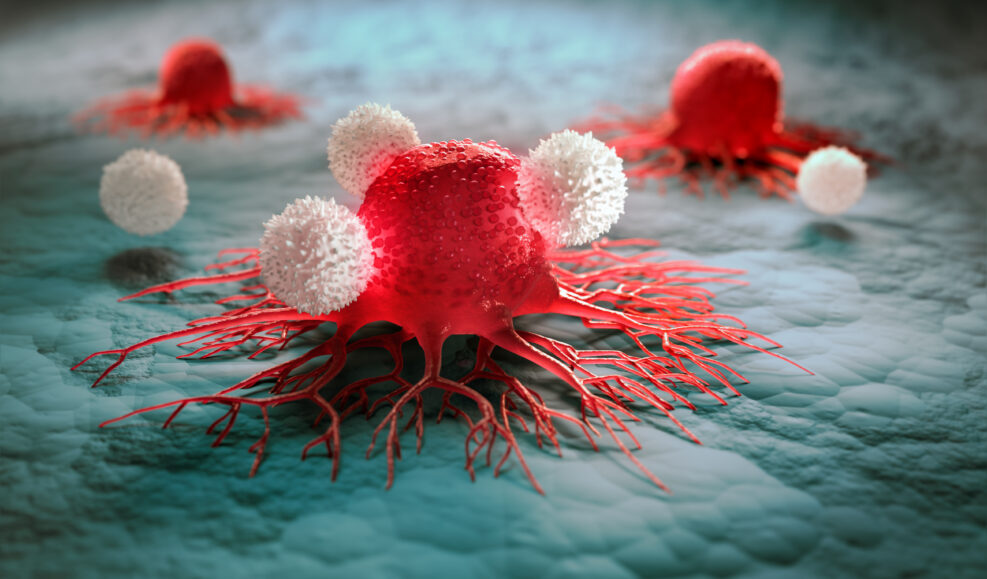
Why Do Many Scientists See Cells as Intelligent?
Bacteria appear to show intelligent behavior. But what about individual cells in our bodies?Recently, we talked about the ways in which bacteria are intelligent. Researchers into antibiotic resistance must deal with the surprisingly complex ways bacteria “think” in order to counter them. For example, some bacteria may warn others while dying from antibiotics. But what about individual cells in our bodies? A skeptic might say that bacteria are, after all, individual entities like dogs or cats. There is evidence that individual life forms can show intelligence even with no brain. But dependent cells? Surprisingly, cells that are not independent at all but part of a body can also show something that looks like intelligence, as Michael Denton discusses in Miracle of the Cell (2020): No one who has observed a leucocyte (a white Read More ›

